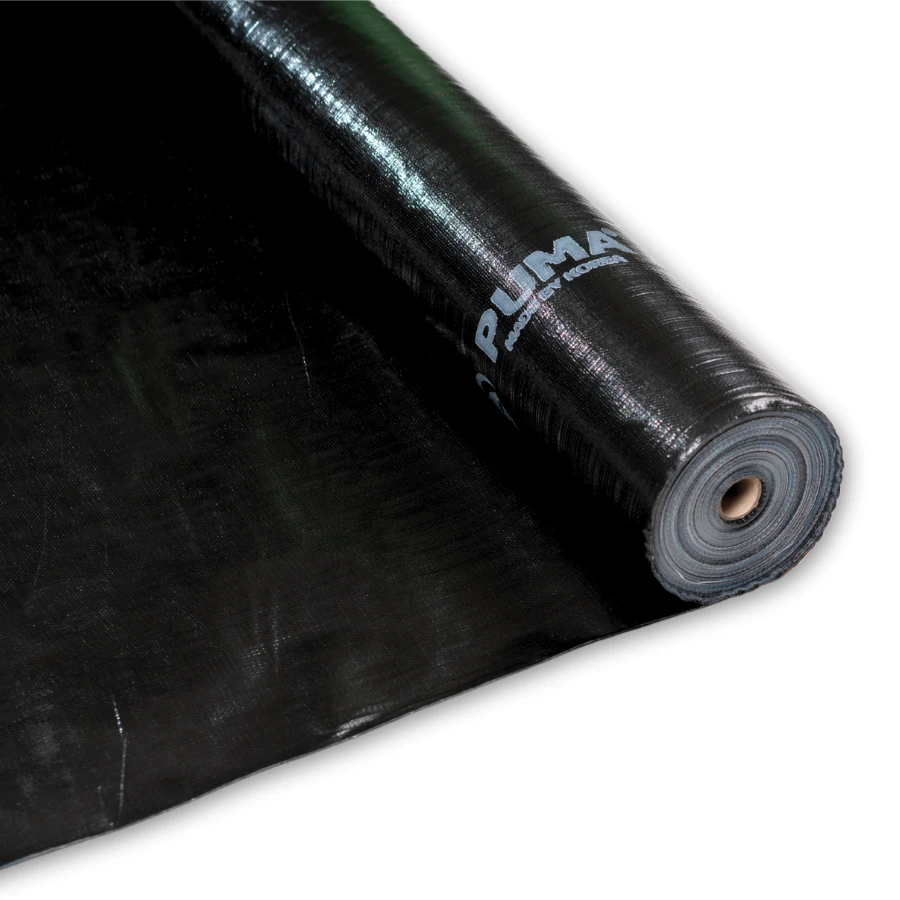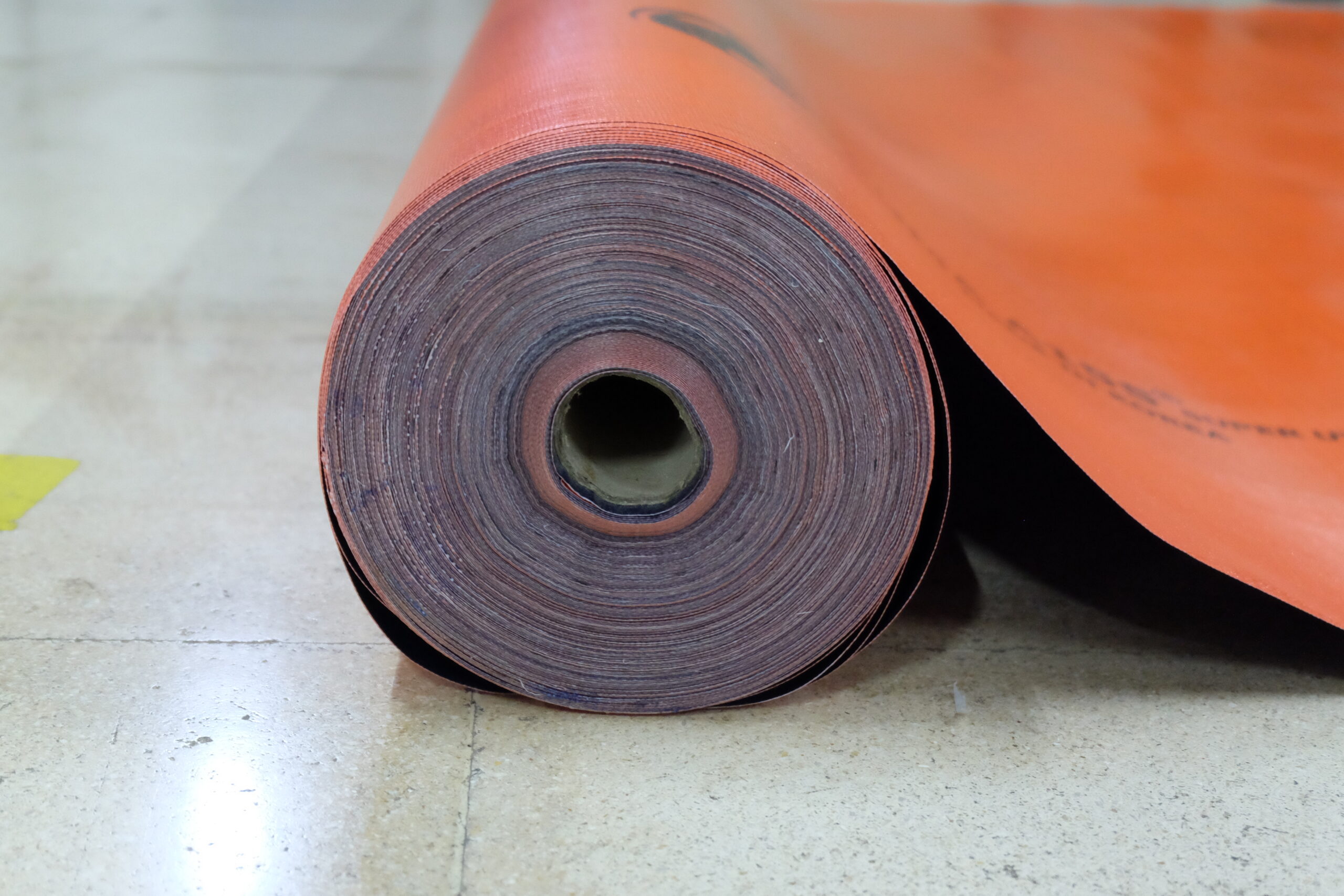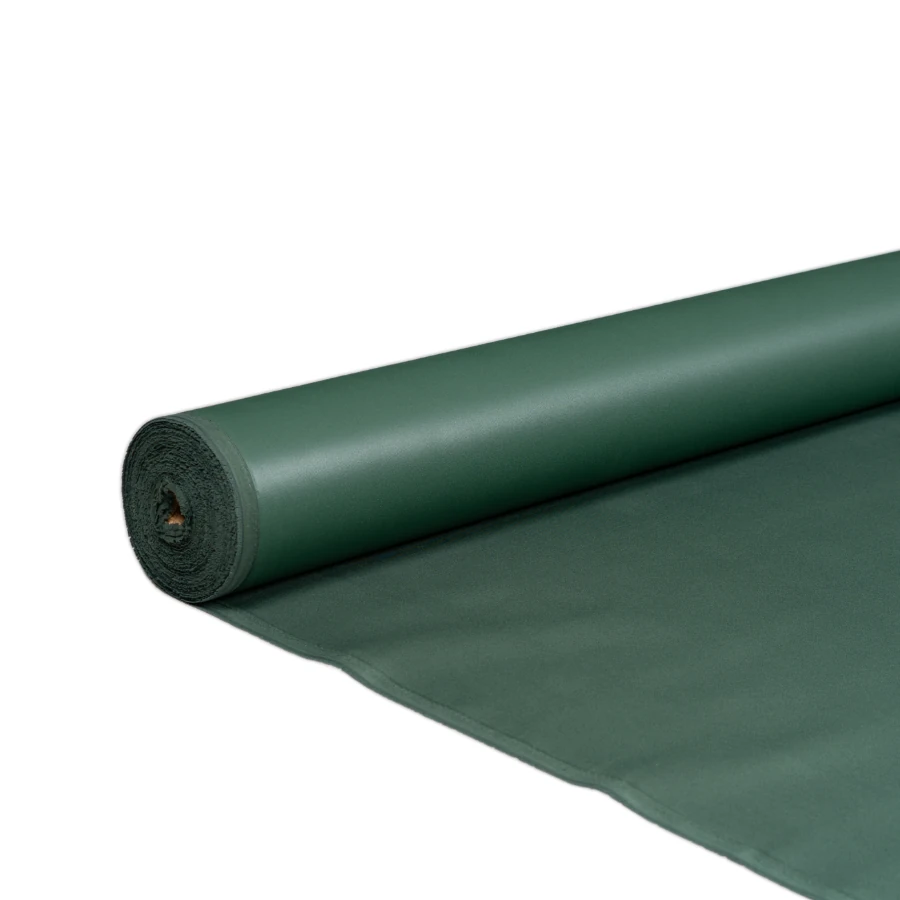Category
Sheeting
The harvest season is the busiest moment for farmers. One of the important stages after harvesting rice is the process of drying or drying the grain. Without the right media, grain can easily mold, damage, and even degrade the quality of rice. Therefore, the use of quality rice drying tarpaulins is the best solution to […]
July 23, 2025
In the world of construction, safety and efficiency are two main factors that cannot be compromised. One of the important equipment that often goes unnoticed is the scaffolding tarpaulin. Although it looks simple, the role of this tarp is vital in keeping the work area safe, clean, and protected from external factors such as weather […]
July 22, 2025
In the world of industry, agriculture, and logistics, the use of tarpaulins is an important necessity for various protective purposes. However, not all users realize that the shape of the tarpaulin—both roll tarpaulin and sheet tarpaulin—has its own advantages and disadvantages. Understanding the difference between the two is essential for usage efficiency and long-term budget […]
July 19, 2025


